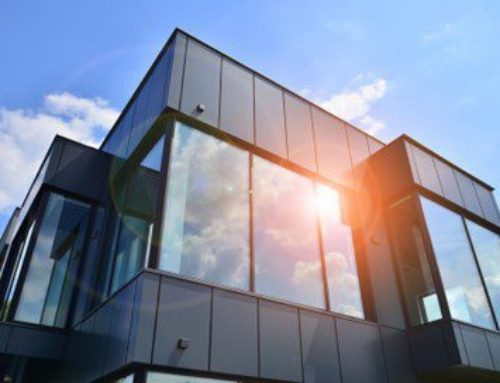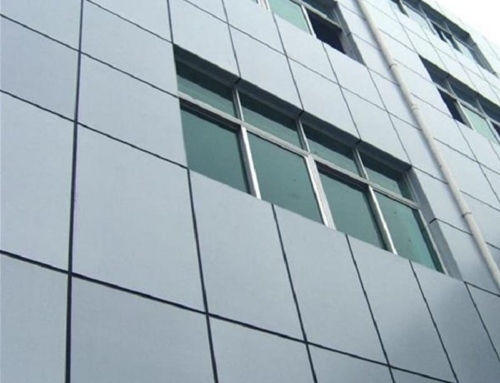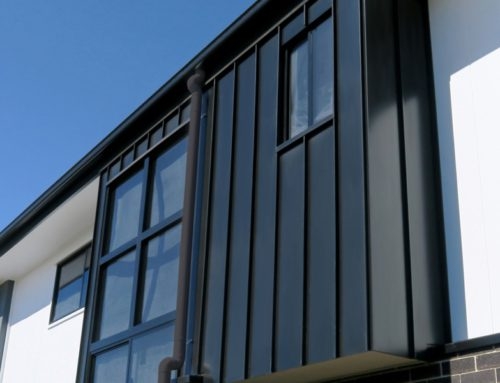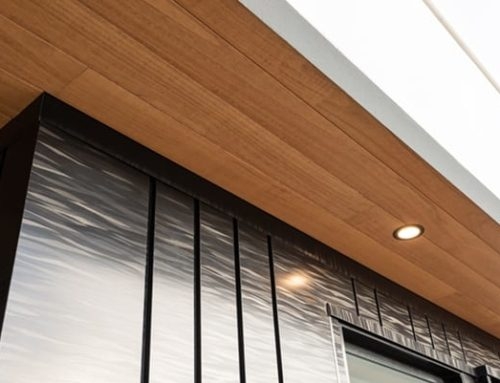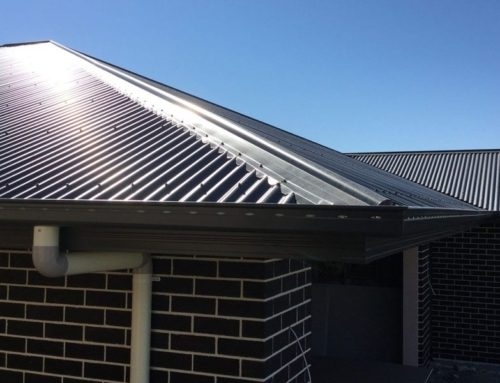Architectural wall cladding is fundamental in defining the aesthetic and functional characteristics of buildings. Rollsec, situated in Brisbane, invites you on a journey through the evolution of cladding. Cladding has continually shaped how we view and construct our built environment. This blog explores the dynamic evolution of cladding, highlighting its significance in building design through the ages.
Historical Context
Architectural timber cladding is not a new concept; its origins can be traced back to ancient civilisations, where materials like stone, wood and clay were used to protect and beautify structures. As we venture through history, key milestones reveal how cladding materials and techniques have evolved. Innovations such as the introduction of glass and steel cladding have marked significant developments, showcasing the adaptability and ingenuity of architects and builders throughout time.
Modern Applications and Innovations
Today, cladding embraces many materials, including aluminium, zinc and composite panels, reflecting contemporary trends and architectural visions. Modern applications showcase the aesthetic versatility of cladding and its functional benefits, such as improved insulation and durability. Innovations in architectural metal cladding and techniques have empowered architects to push the boundaries of design, resulting in buildings that are as performative as they are visually striking.
Sustainability Considerations
The sustainability of cladding has become increasingly important, focusing on materials and practices that offer energy efficiency and minimal environmental impact. Sustainable cladding options, such as recyclable metals and energy-efficient designs, are becoming a priority in the industry. These considerations ensure that modern cladding meets aesthetic and functional requirements and aligns with environmental stewardship goals.
Future Trends of Architectural Cladding
The future of cladding is bright, with emerging technologies, new materials and evolving design philosophies shaping its trajectory. Innovations such as smart cladding systems, which can adapt to environmental conditions and the use of unconventional materials for architectural metal cladding to redefine the landscape. As architectural styles and ecological considerations evolve, so will the approaches to cladding, ensuring it remains at the forefront of architectural innovation.
Conclusion
The evolution of cladding is a testament to the dynamic and innovative spirit of the building design and construction industry. Cladding plays a crucial role in architectural expression and functionality, starting with architectural timber cladding and moving forward into contemporary practice and future possibilities.
Find the Best Architectural Cladding Suppliers
For those looking to incorporate cutting-edge cladding solutions into their projects, Rollsec in Brisbane offers a wide range of options. As leading architectural cladding suppliers, we are dedicated to providing products that meet the highest standards of quality and innovation. Contact us on 07 3267 7171 or via our contact page to explore our products.

